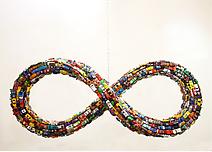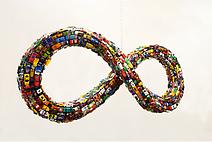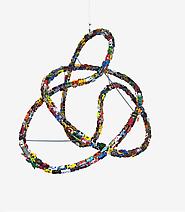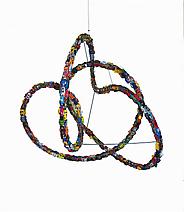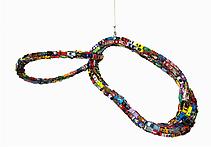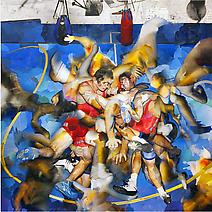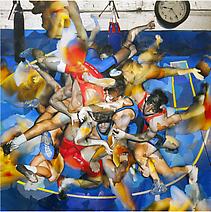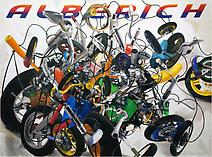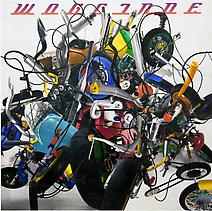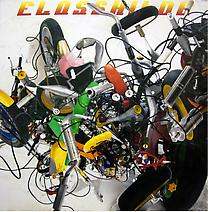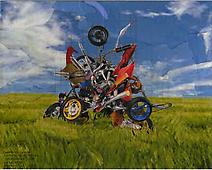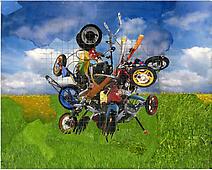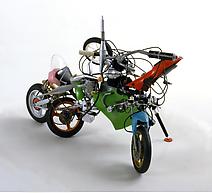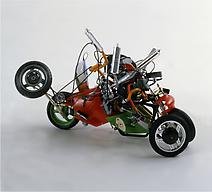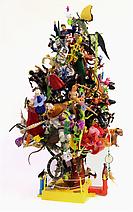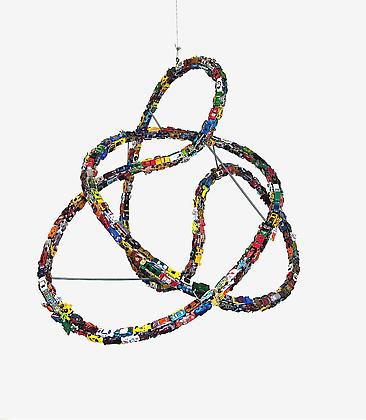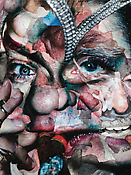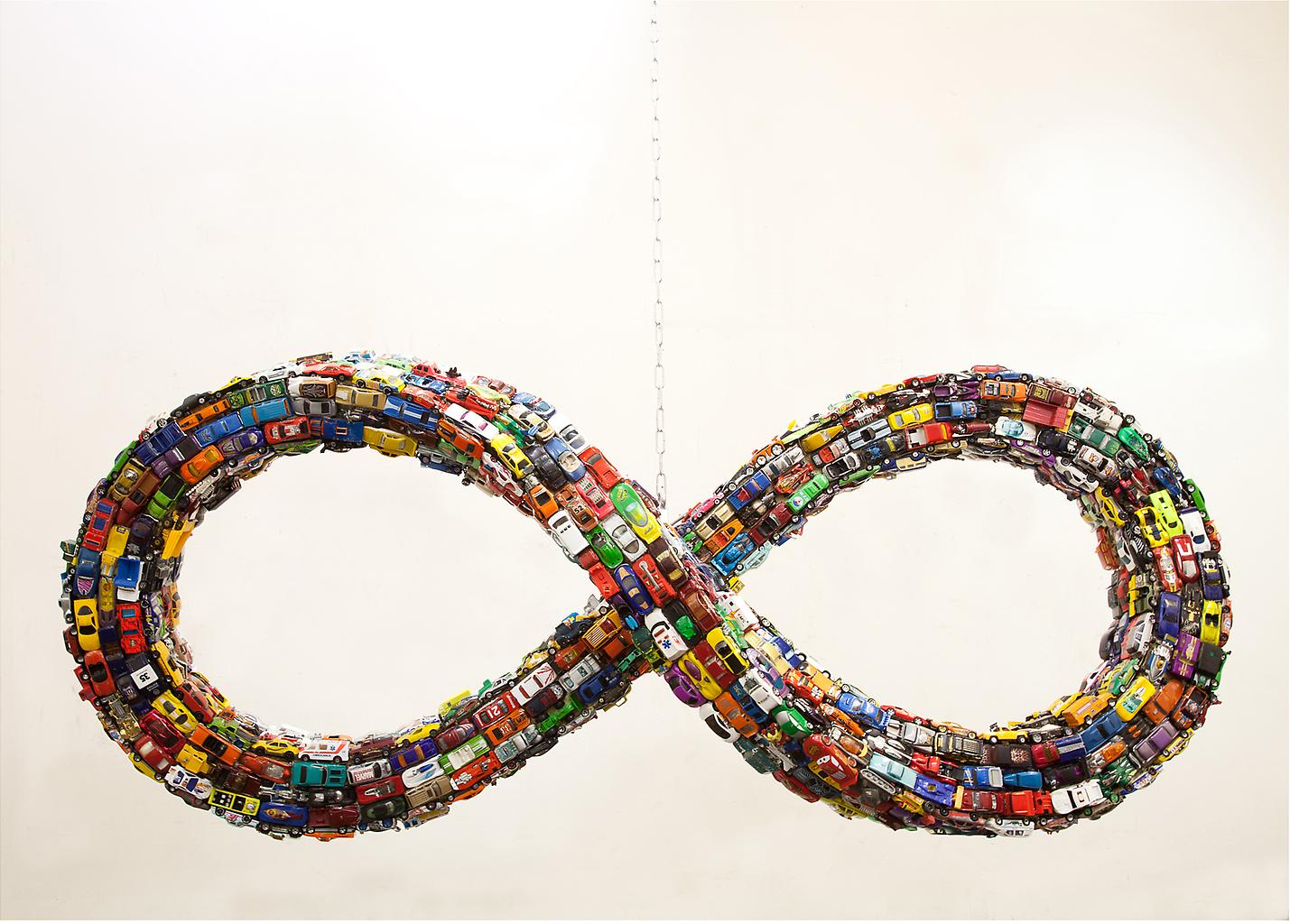
Mobius Beltway (alternate view), 2013. Matchbox cars mounted on aluminum, plywood frame, 70 x 30 in.
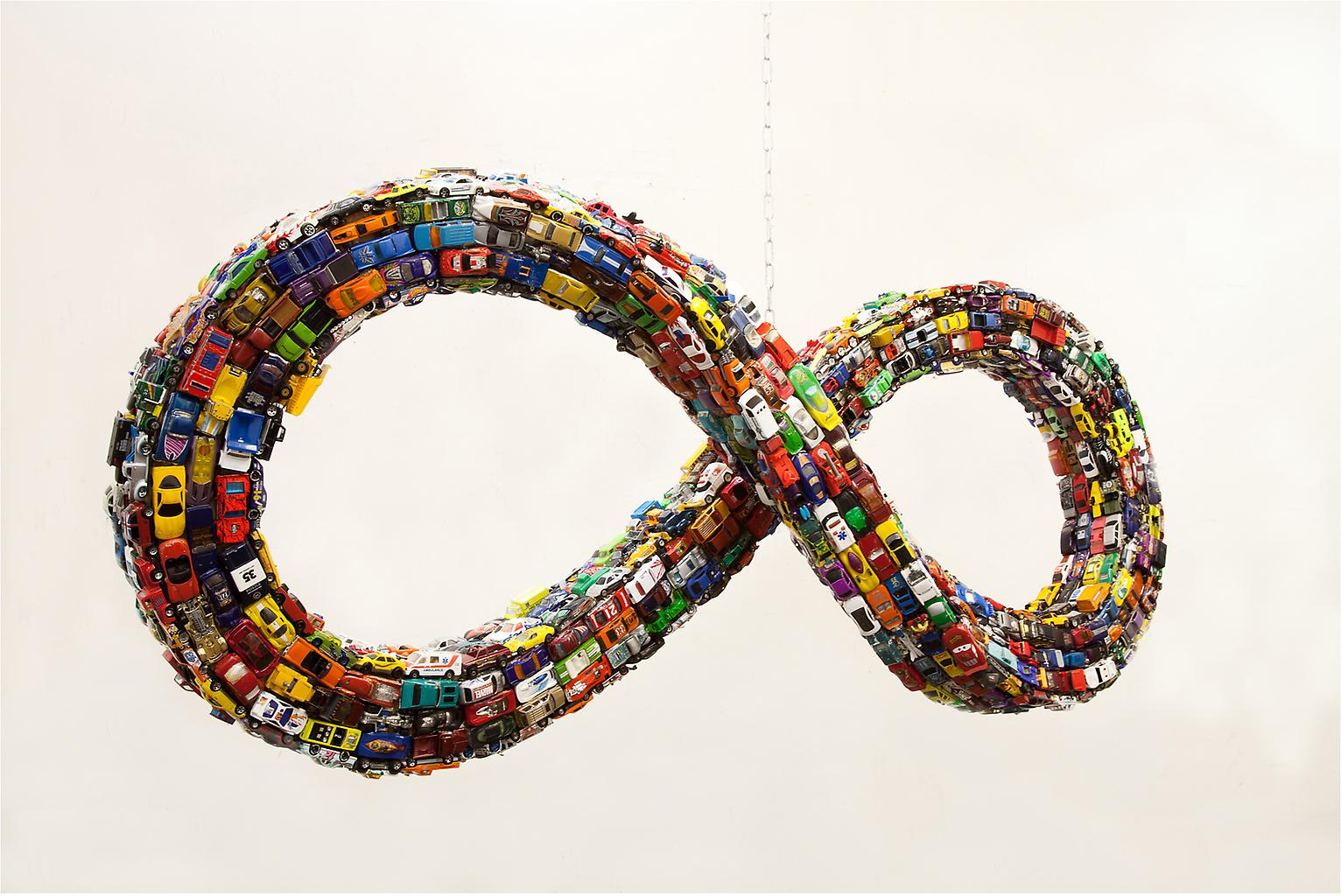
Mobius Beltway, 2013. Matchbox cars mounted on aluminum, plywood frame, 70 x 30 in.
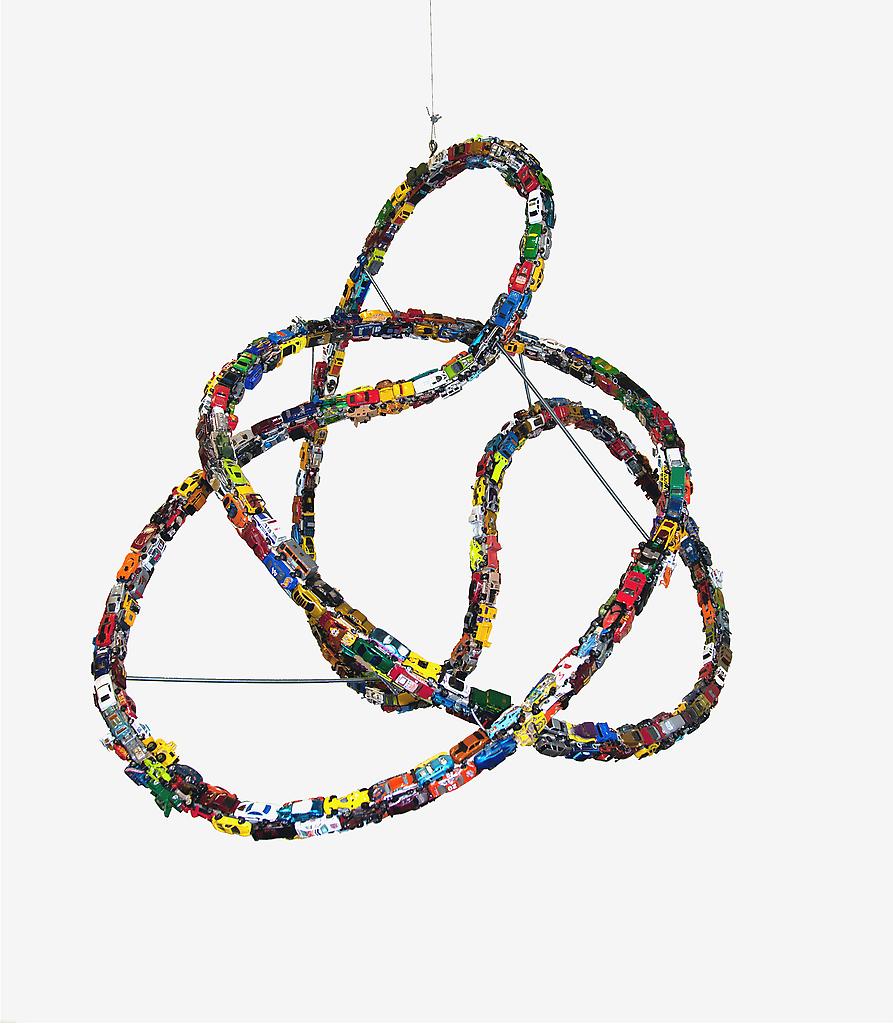
Mobius Clover-leaf (side view), 2013. Matchbox cars mounted on aluminum, plywood frame, 60 x 62 in.
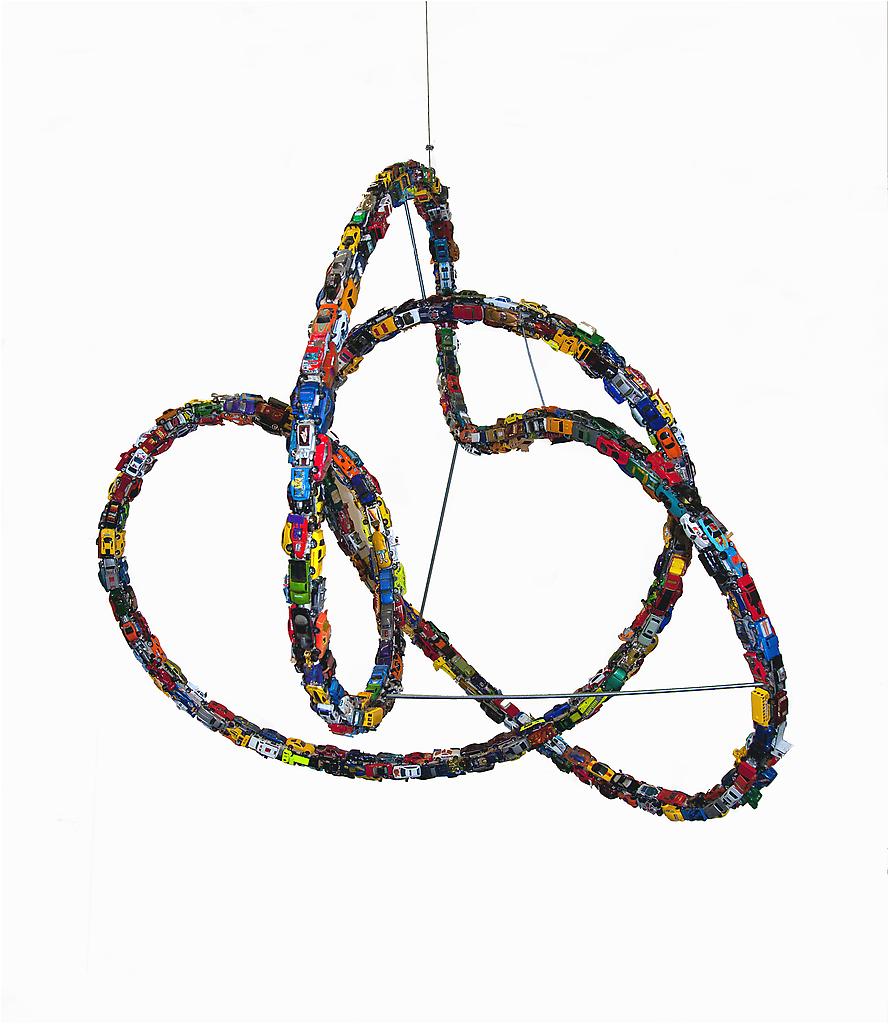
Mobius Clover-leaf, 2013. Matchbox cars mounted on aluminum, plywood frame, 60 x 62 in.
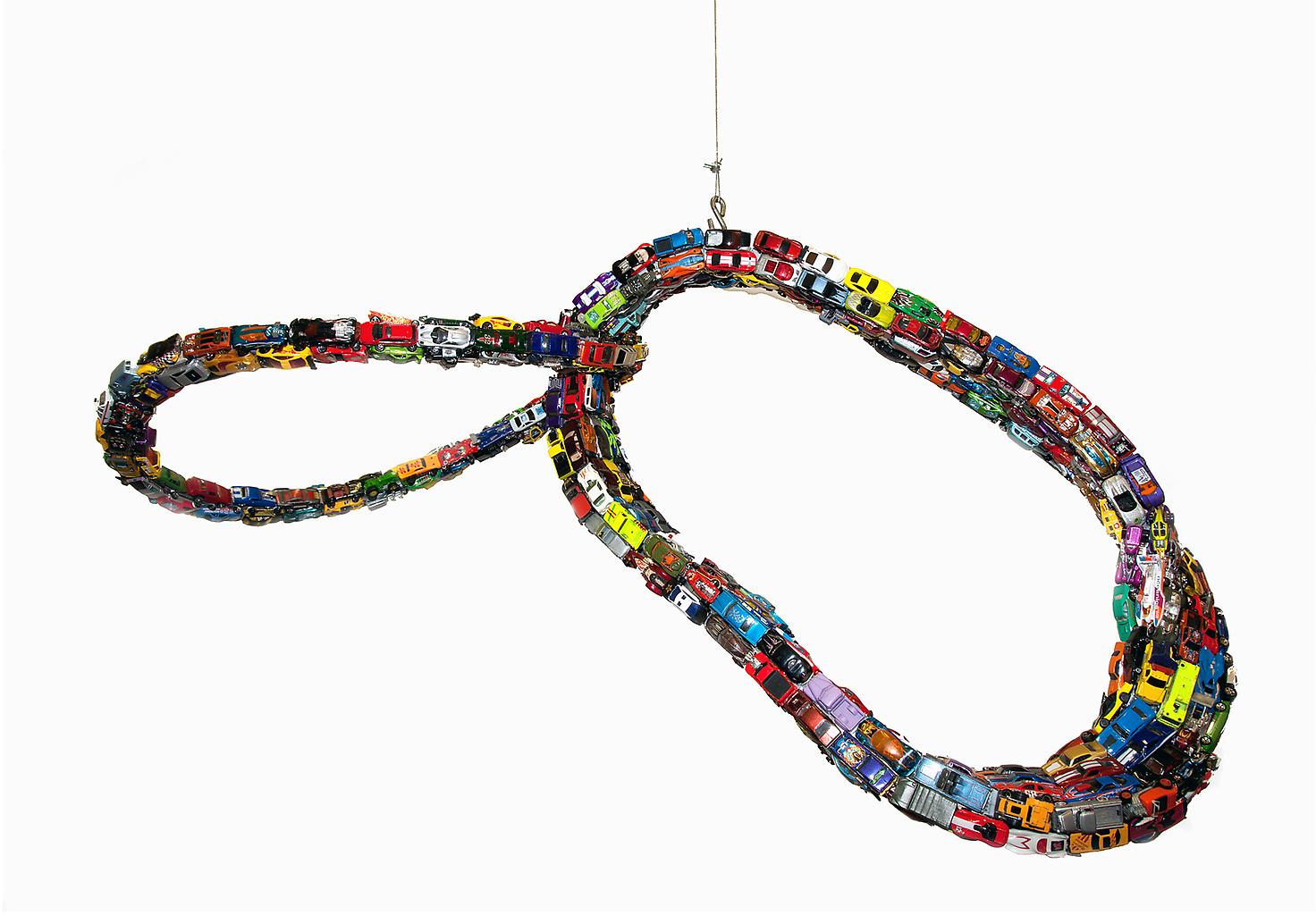
Mobius Off-ramp, 2013. Matchbox Cars mounted on aluminum, plywood frame, 60 x 33 x 27 in.
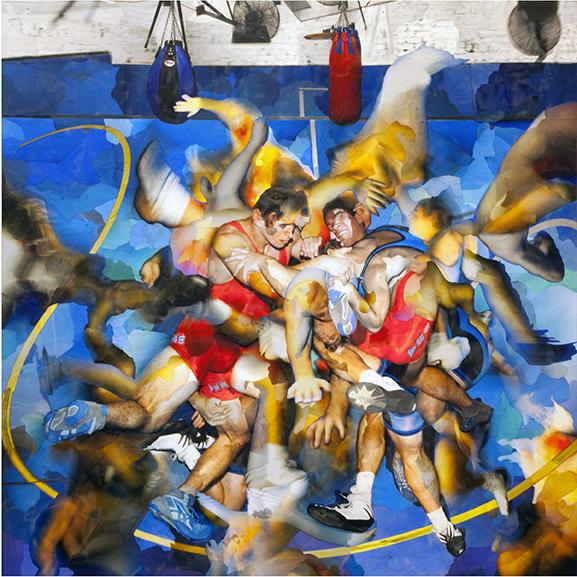
Half Nelson, 2013. Collage, beeswax on aluminum panel, 60 x 60 in.
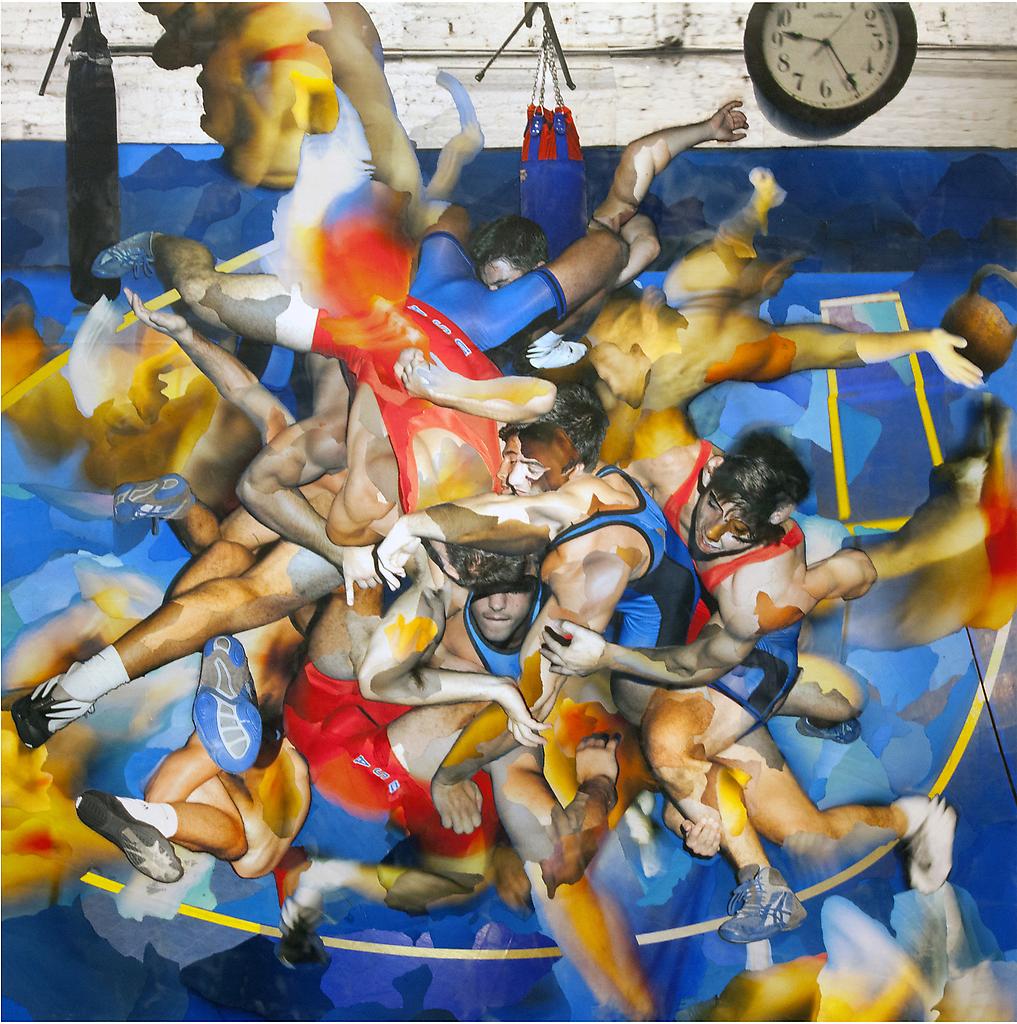
Duckunder, 2013. Collage, beeswax on aluminum panel, 60 x 60 in.
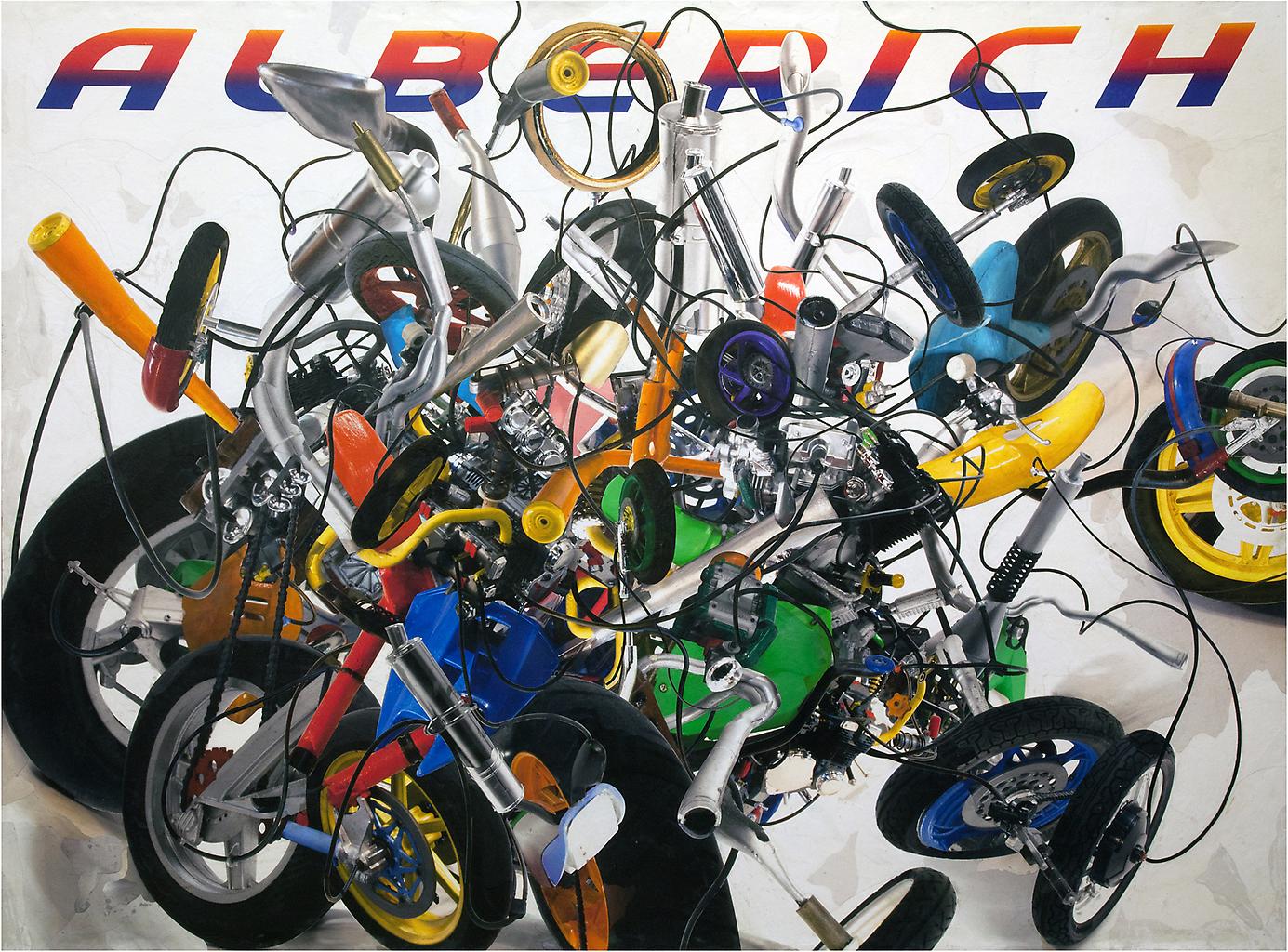
Alberich, 2012 - 13. Collage, beeswax on aluminum panel, 68 x 92 in.
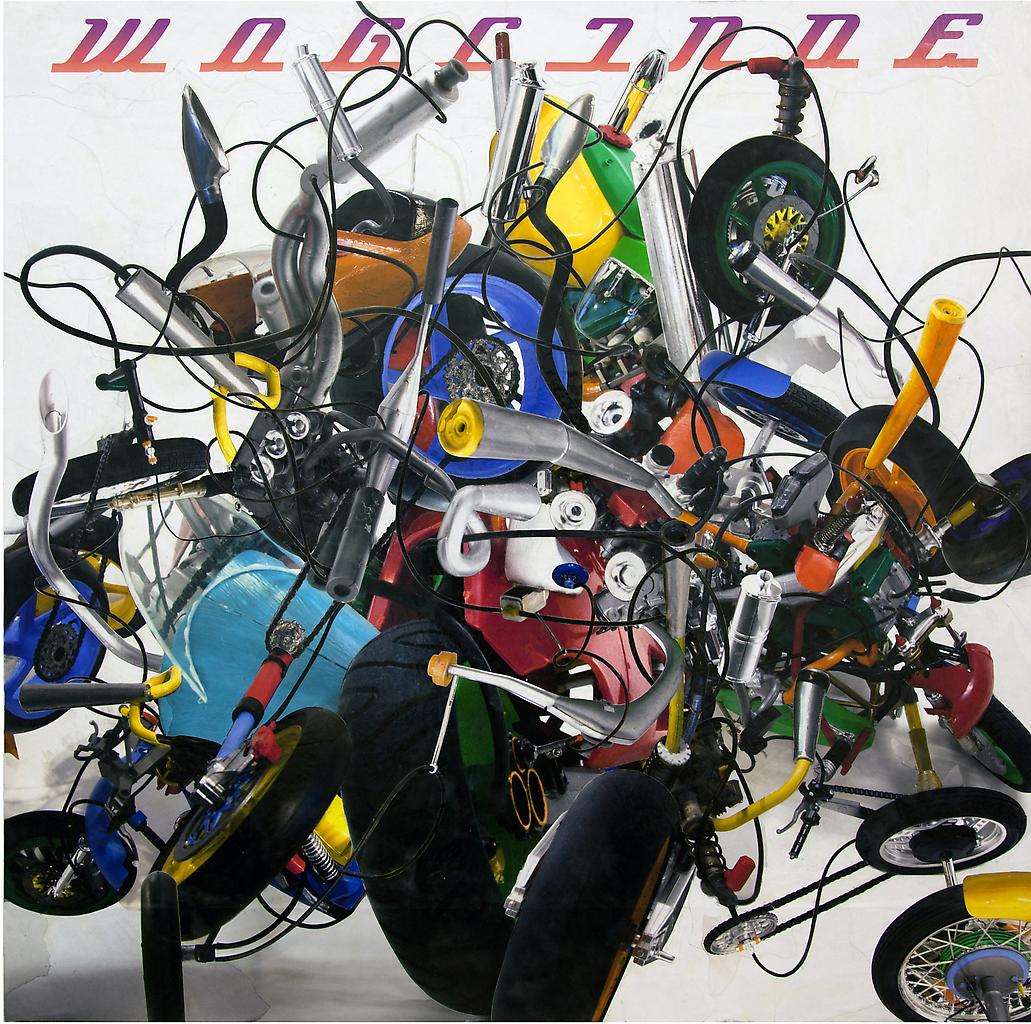
Woglinde, 2012, Collage, beeswax on aluminum panel, 36 x 36 in.
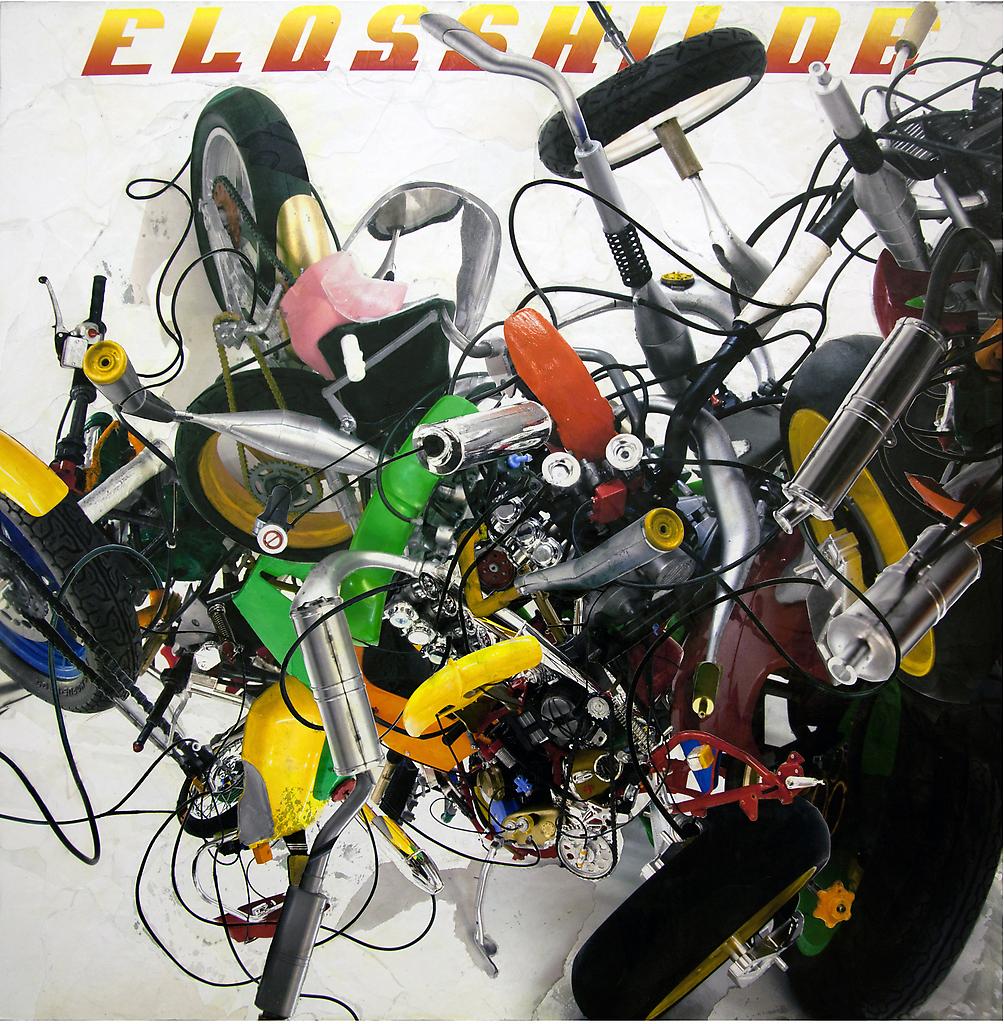
Flosshilde, 2012. Collage, beeswax on aluminum panel, 36 x 36 in.
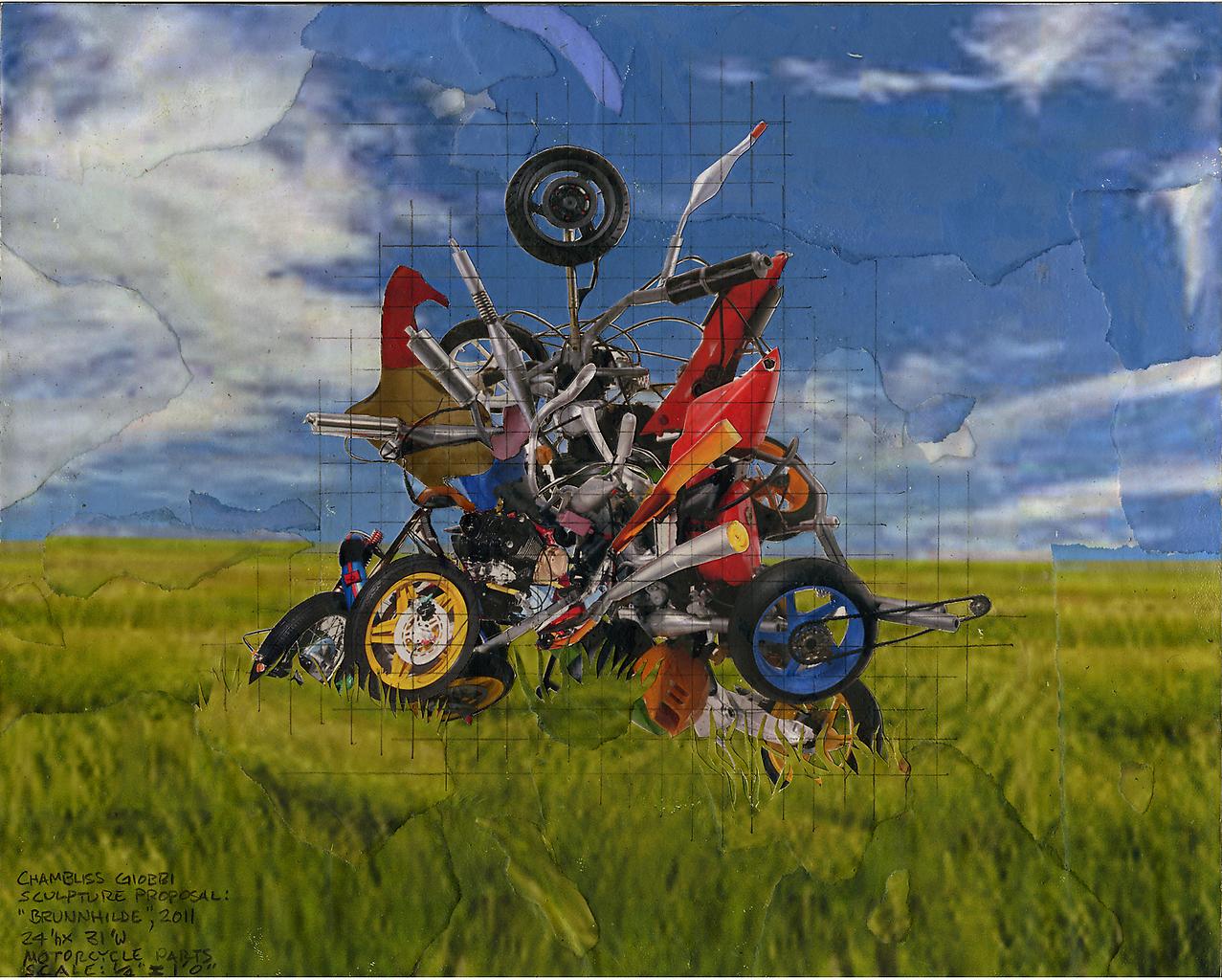
Brunhilde - Study for a Sculpture 1, 2012. Collage, graphite on masonite, 8 x 10 in.
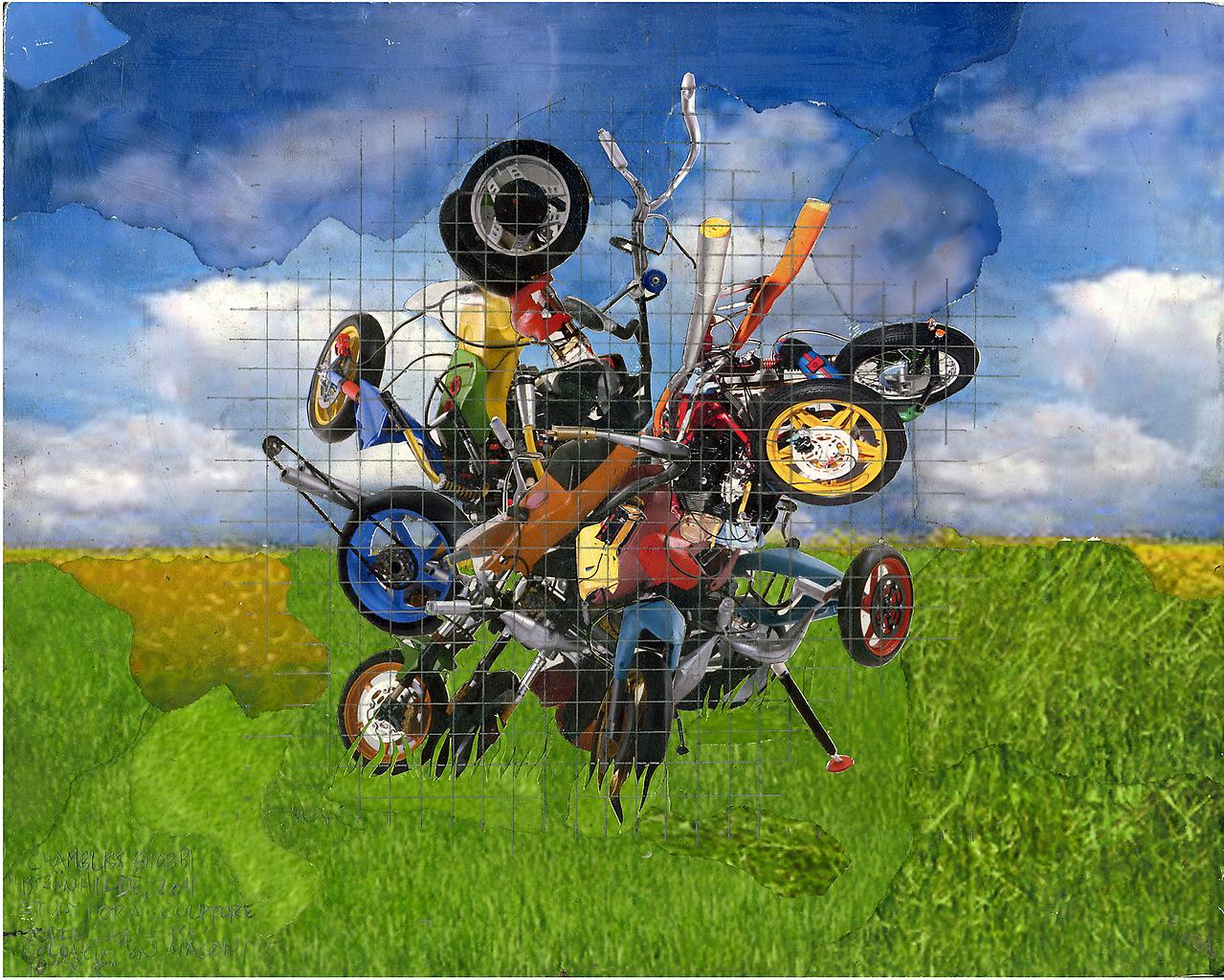
Brunhilde - Study for a Sculpture 2, 2012. Collage, graphite on masonite, 8 x 10 in.
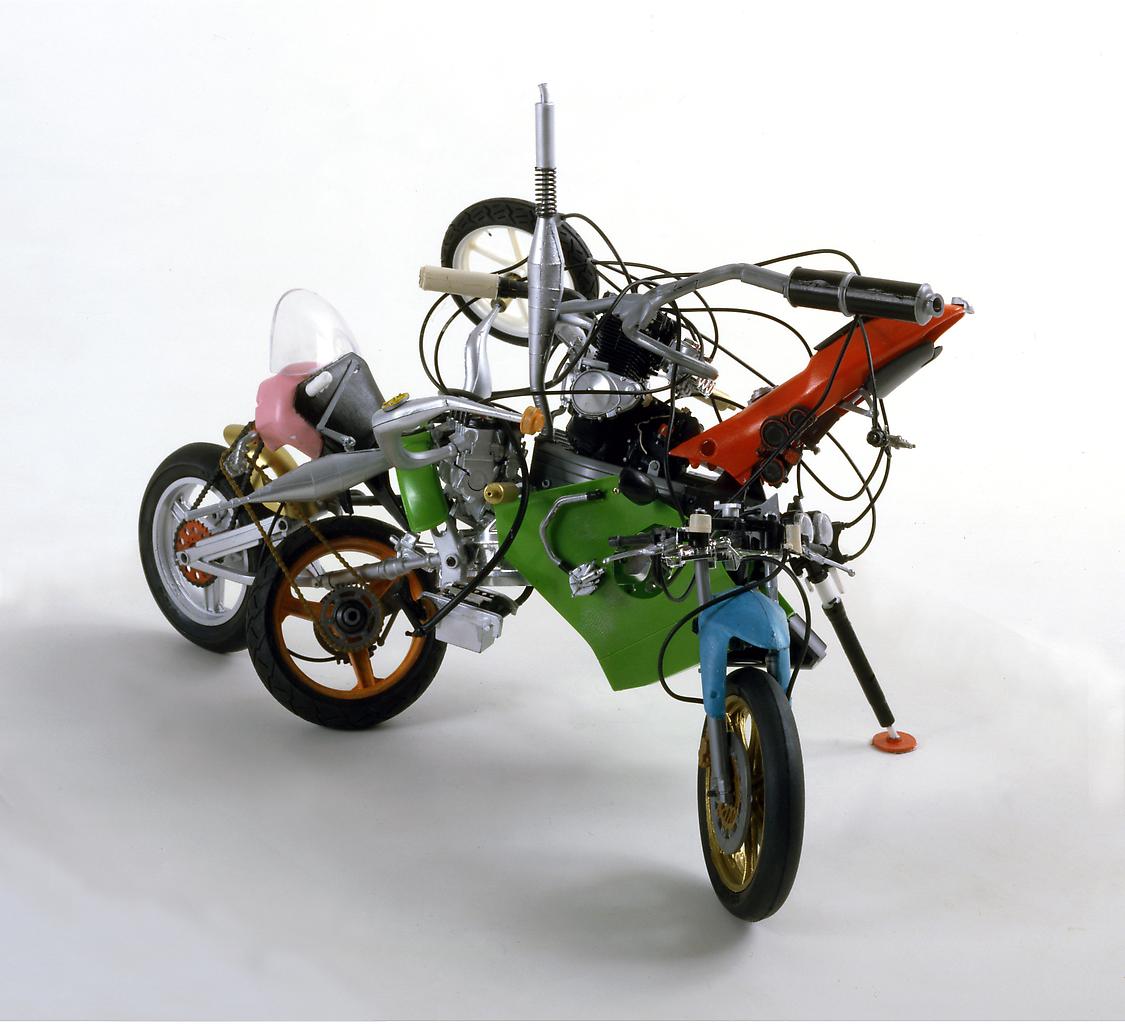
Valkyrie 4, 2011. Polystyrene plastic, acrylic, rubber, 9 1/4 x 5 x 6 3/4 in.
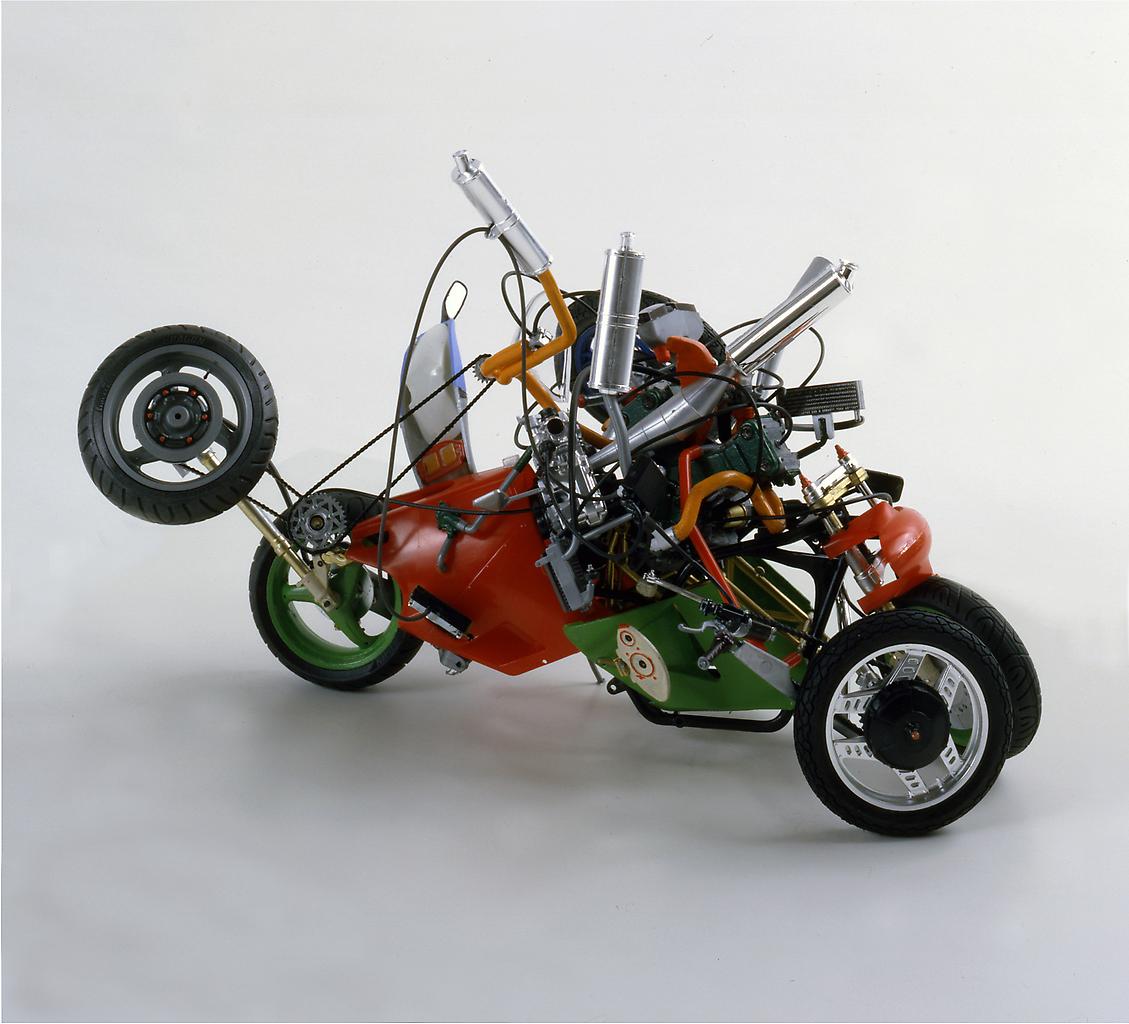
Valkyrie 5, 2011. Polystyrene plastic, acrylic, rubber, 9 1/2 x 6 1/2 x 6 1/4 in.
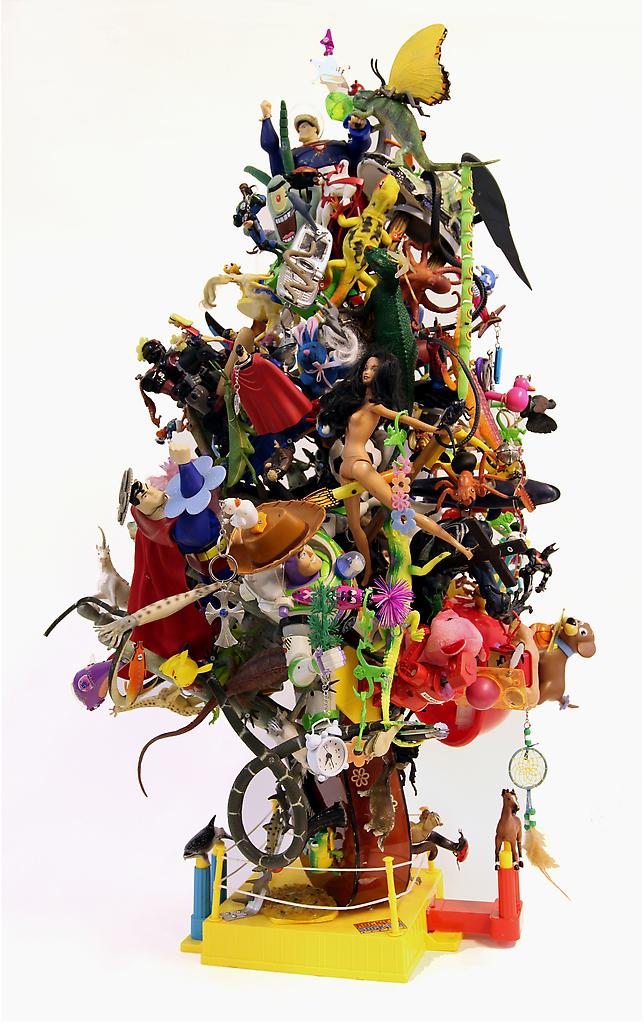
Santa (for Mike Kelley), 2013. Children's toys/mixed media, 43 x 28 in.
